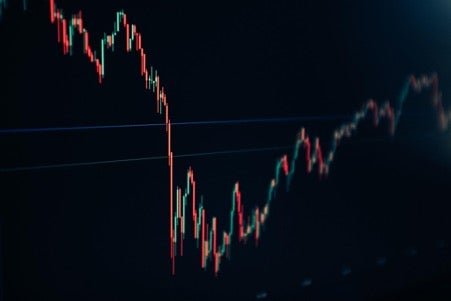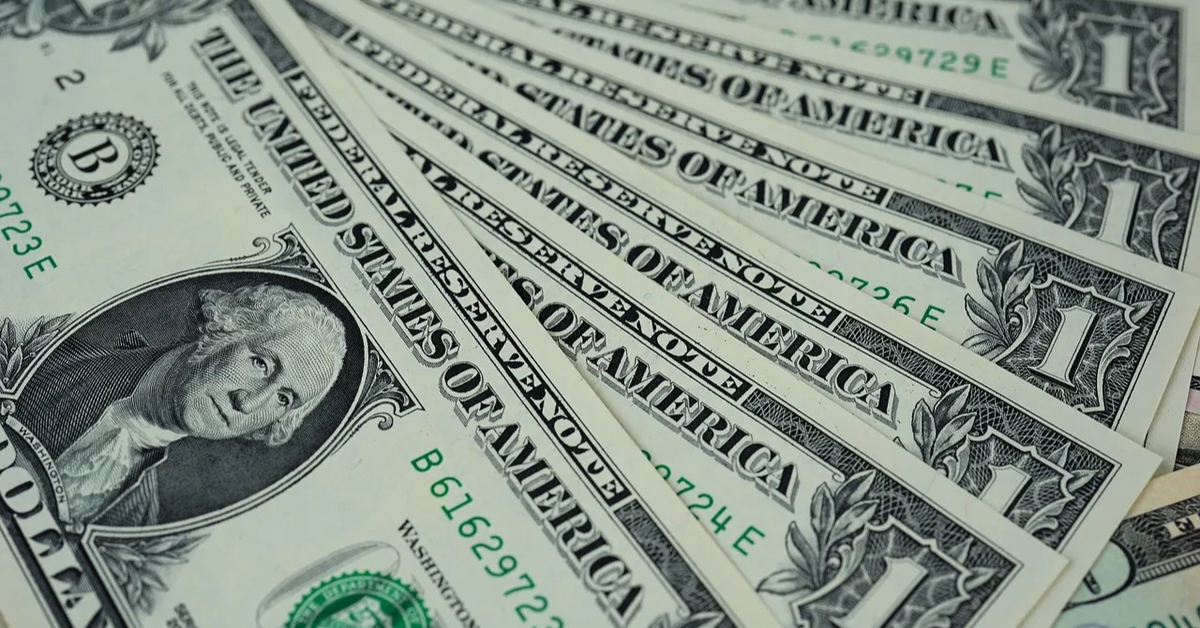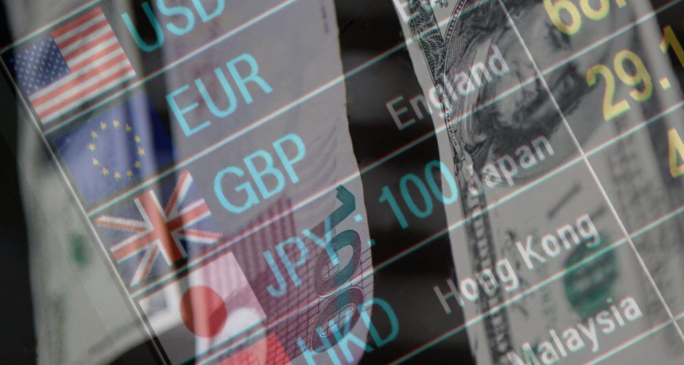Top Global Events That Help Predict Currency Fluctuations
Published 3:15 pm Monday, August 11, 2025
Currency markets don’t wait. They react instantly and often violently to global headlines, economic data, and central bank moves. For FX traders and international investors, reading these signals early is vital.
The dollar’s 10% drop in H1 2025, the euro’s rally after ECB rate cuts, and the peso’s stumble following tariff threats aren’t random. They follow a predictable pattern tied to a short list of global triggers. Here’s what drives currency movements and how traders can stay ahead.
Central Bank Policy
The most influential force in FX markets remains monetary policy. Monetary policy refers to the actions taken by central banks to control the supply of money in the economy, primarily through interest rates. These decisions aim to control inflation, stimulate growth, and stabilize the national currency. For example, an increase in interest rates generally makes a country’s currency more attractive, strengthening its value in the foreign exchange market. Traders are pricing in rate changes months in advance, and the market reacts strongly to even subtle changes in tone.
In June 2025, the European Central Bank trimmed its deposit rate to 2% to combat sluggish inflation. The move weakened the euro slightly, as investors anticipated a longer easing cycle.
The Federal Reserve, by contrast, signaled a cautious pause after December’s cut to 4.25–4.50%, suggesting inflation risks tied to U.S. import tariffs may delay further easing. That alone helped stabilize the dollar’s sharp H1 fall after its worst six-month start since the 1970s.
Non-Farm Payrolls (NFP) & Jobs Reports
The Non-Farm Payrolls (NFP) report remains FX’s most-watched data release. The July 2025 report surprised with 147,000 jobs added, beating estimates and lifting the dollar. It also further pushed rate-cut expectations, especially after core CPI ticked up 0.3% the same month.
Every uptick in job creation supports the Fed’s argument to wait before easing, putting upward pressure on the USD. Strong jobs mean a strong currency. Traders who follow NFP closely often find themselves on the right side of dollar volatility.
CPI & Inflation Surprises
Inflation is one of the most closely watched signals in FX markets. On the other hand, the Consumer Price Index (CPI) is a key measure of how fast prices are rising.
But why do these metrics matter? Because central banks use inflation data to guide their decisions on interest rates. When inflation is rising faster than expected, central banks tend to keep rates high or delay cuts to avoid overheating the economy. That makes the country’s currency more attractive to investors.
In June 2025, the U.S. CPI showed prices were up 2.7% compared to the year before, higher than analysts predicted. That surprise convinced many traders that the Fed might wait longer before cutting rates. As a result, demand for the U.S. dollar increased, and the USD Index moved higher that week.
The pattern is simple:
- When inflation is higher than expected, it can strengthen a currency, especially if it forces the central bank to keep rates high.
- When inflation is falling, central banks may lower rates, and the currency weakens as a result.
For FX traders, CPI surprises usually trigger quick moves. That’s why inflation reports can shake global markets even if they miss by only a small percentage.
Trade Tensions & Geopolitical News
Currencies don’t just respond to economics; they react to geopolitical events too.
In July 2025, U.S. President Donald Trump threatened to impose 30% tariffs on imports from the EU and Mexico. That instantly sent the euro and the Mexican peso down on online trading platforms, as trade slowdowns were expected.
Global uncertainty usually does not affect safe-haven currencies like the Japanese yen and Swiss franc the way it affects others. But even that isn’t guaranteed. After Trump’s announcement, Japanese officials suggested they might delay rate hikes to protect the economy, causing the yen to wobble.
Markets don’t like uncertainty. Tariffs, elections, wars, and trade deals can quickly shake up FX markets.
Reserve Currency Shifts
Global central banks hold different currencies in their reserves—primarily U.S. dollars, euros, and a smaller share of Swiss francs.
In early 2025, IMF data showed a slight decline in the dollar’s global reserve share to 57.7%, while the euro rose to 20.1% and the Swiss franc reached 0.8% (highest level since 1999).
These shifts are meaningful. When central banks quietly move their money out of one currency and into another, it reflects long-term confidence levels and can guide traders looking at macro trends.
Commodities & Export Dependency
Some currencies are directly tied to natural resources. If a country’s economy depends on exports, watch those commodity prices. They’ll often move the currency first. That includes:
- CAD (Canadian dollar) – closely linked to oil prices
- AUD (Australian dollar) – affected by iron ore and copper
- NOK (Norwegian krone) – another oil-driven currency
When oil prices rise, countries like Canada benefit. That attracts investment and strengthens the currency. If prices fall, the opposite happens.
In 2025, with oil climbing toward $92 a barrel, the loonie (CAD) gained momentum. Meanwhile, the Australian dollar moved with swings in China’s construction sector, which affects demand for metals.
Summary of What Moves Currencies?
| Event | Effect on Currency |
| Rate Hike | Currency strengthens |
| Rate Cut | Currency weakens |
| High Inflation (CPI) | Currency may strengthen |
| Low Inflation | Currency may weaken |
| Strong Jobs Report (NFP) | Currency often strengthens |
| Trade Tensions/Tariffs | Risk currencies weaken, safe-havens rise |
| Rising Oil/Commodities | Helps export-linked currencies (CAD, AUD, NOK) |
Currencies Follow the Headlines
The currency market isn’t random. It’s a chain reaction of decisions, numbers, and headlines. If you understand how central banks think, what inflation means, and how politics affect trade, you’re already ahead of most.
For new traders, that doesn’t mean you have to watch everything. Start with the basics: interest rates, CPI, and NFP. Read the calendar. Note the reactions. Over time, you’ll start to see patterns. And that’s when currency trading stops being a mystery and becomes a strategy.








